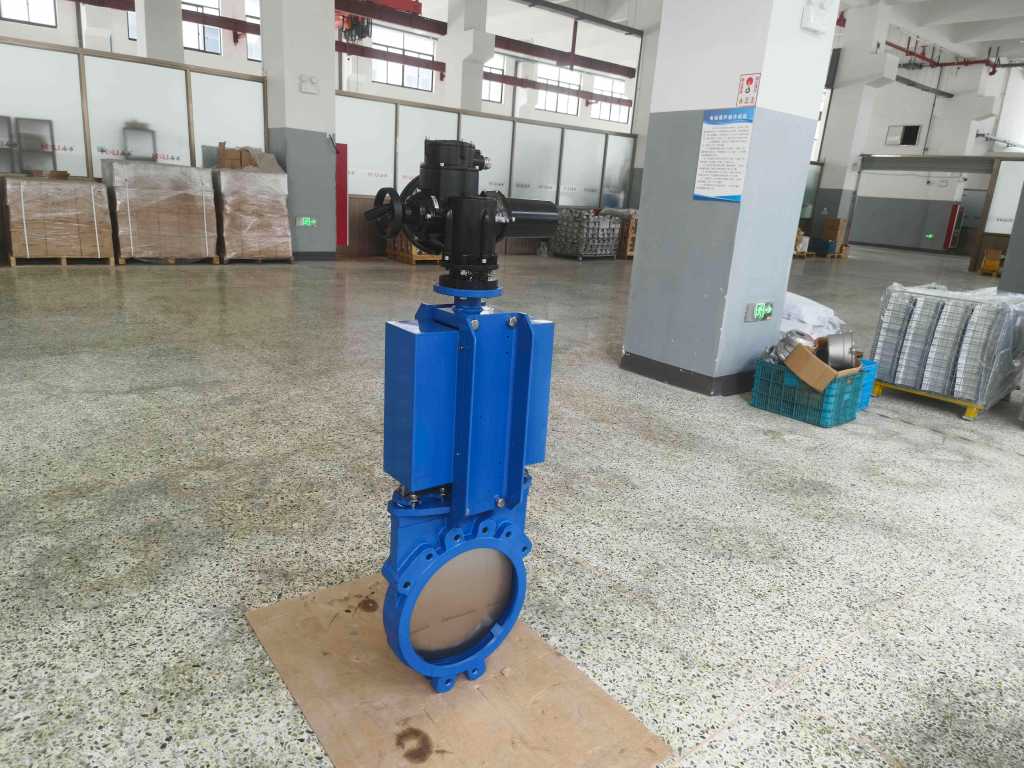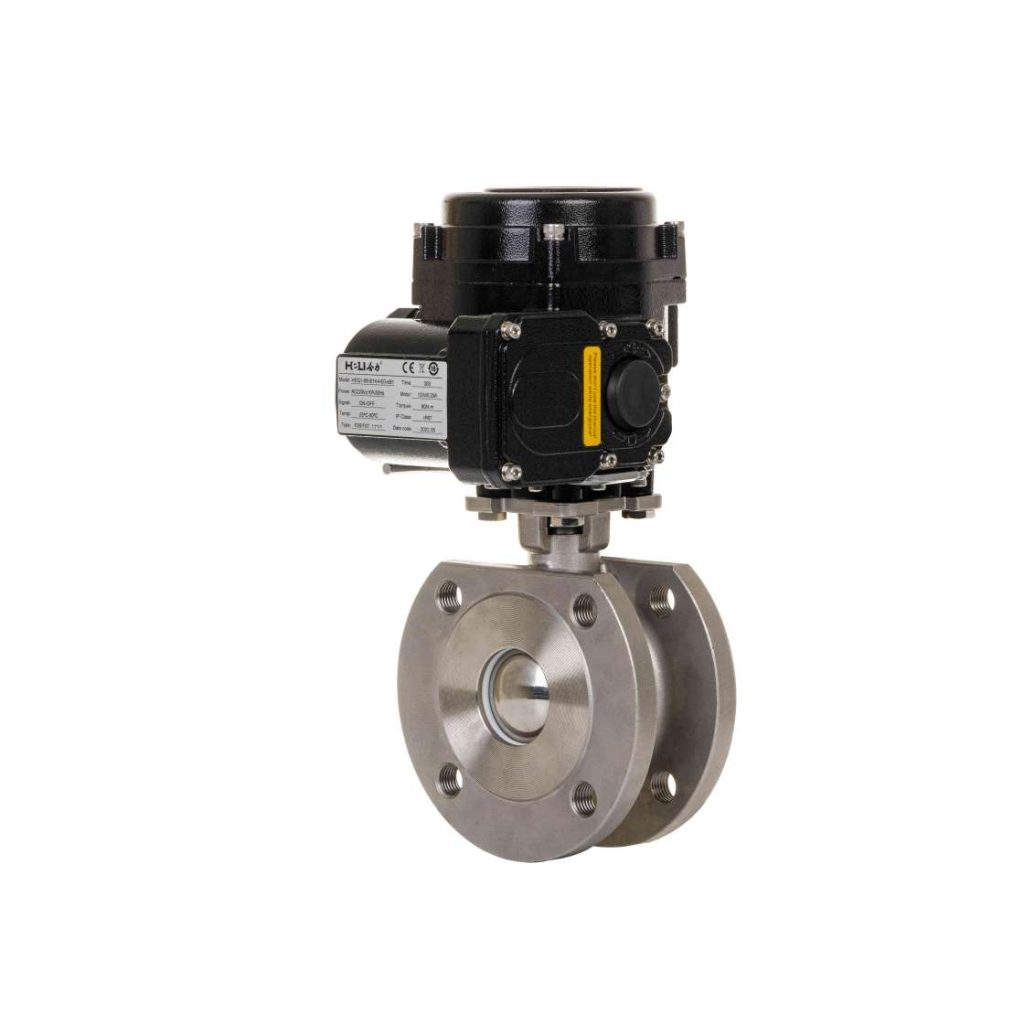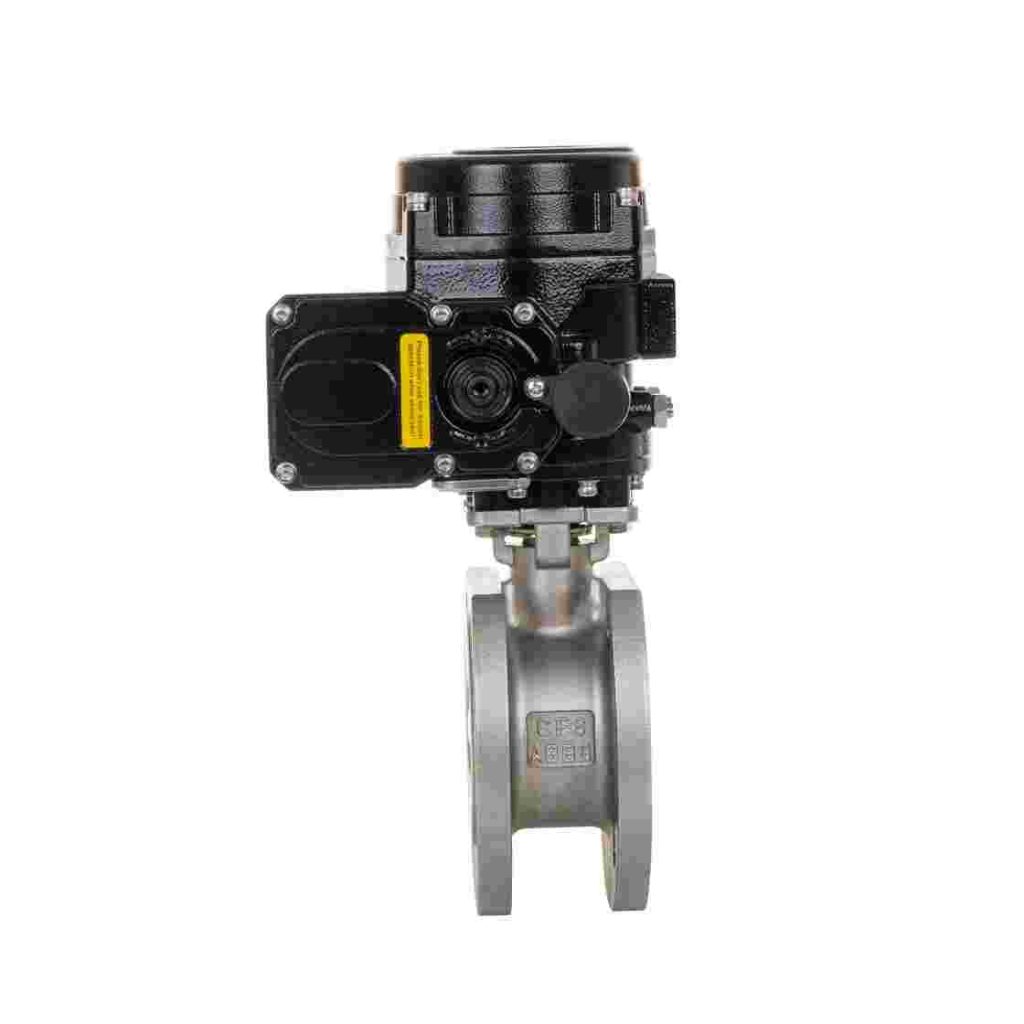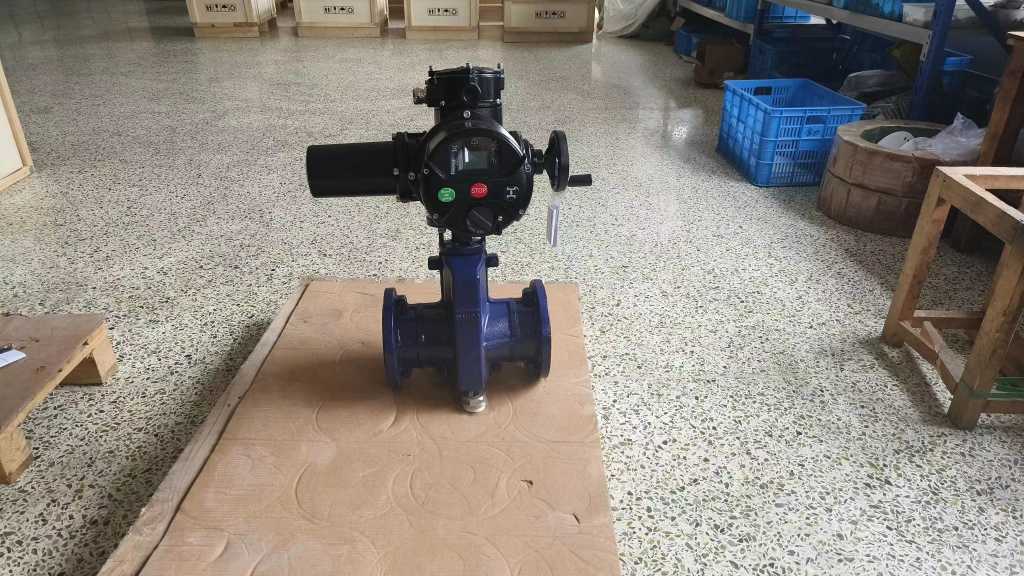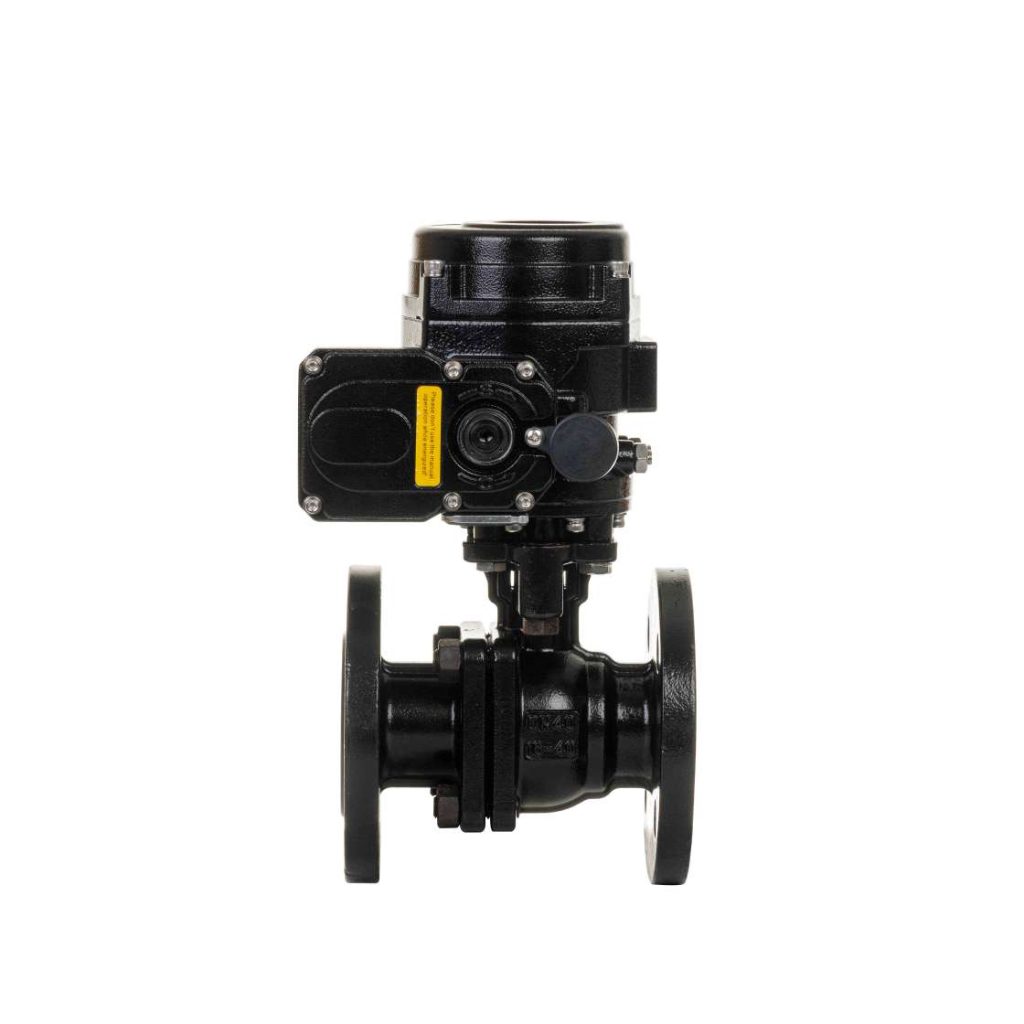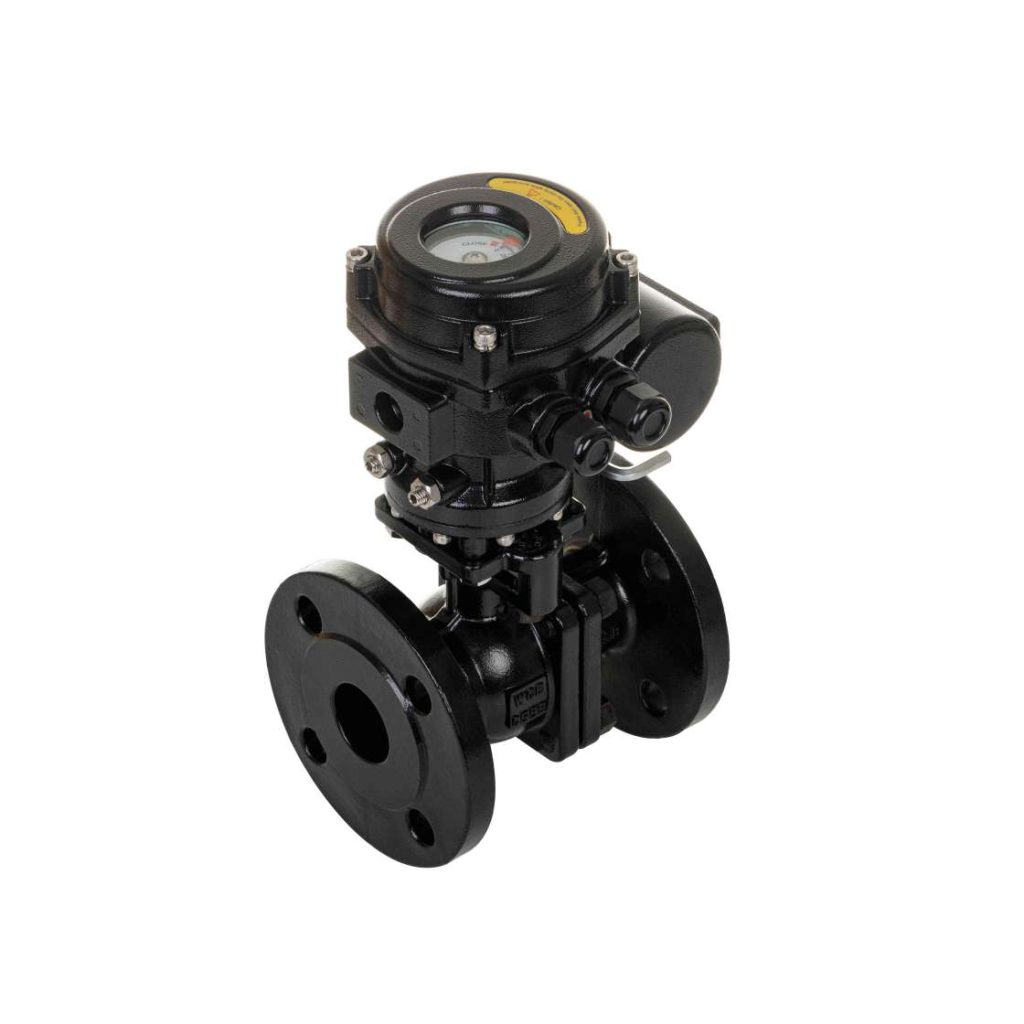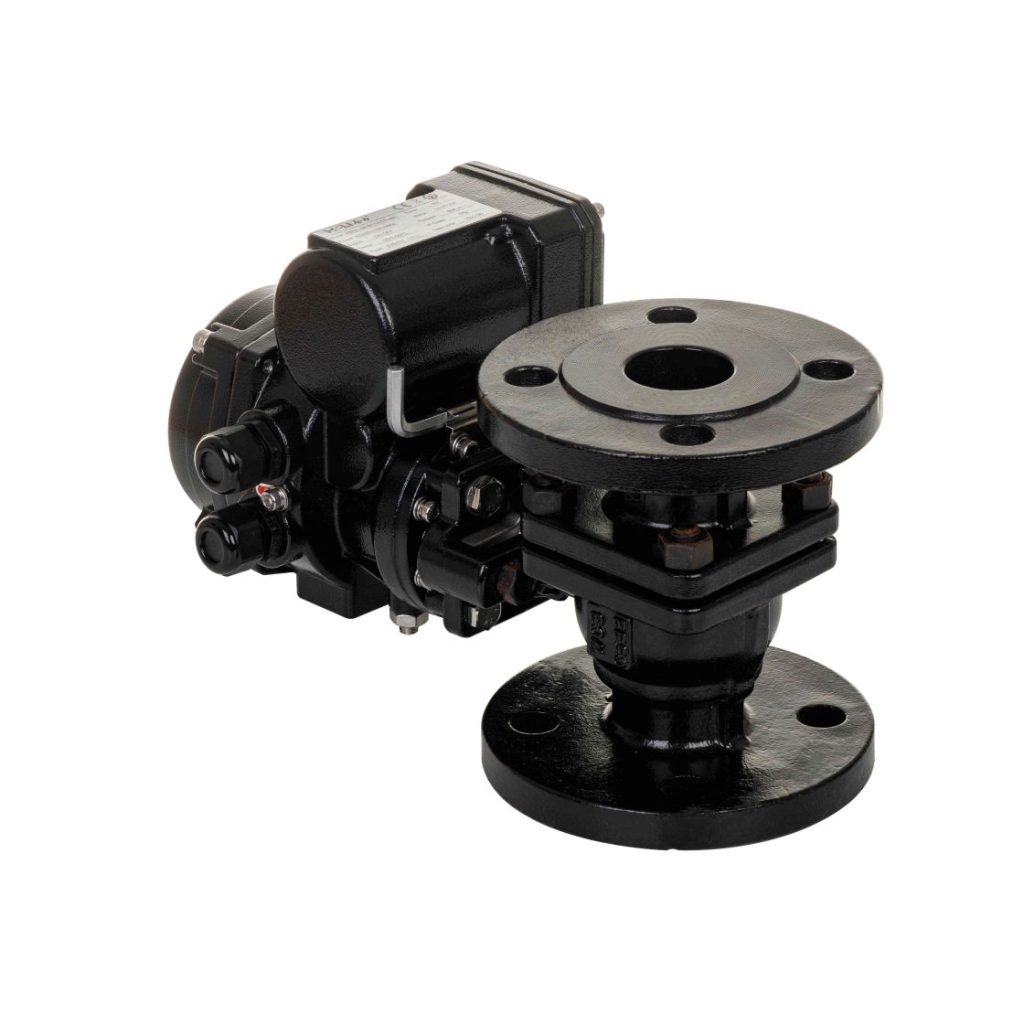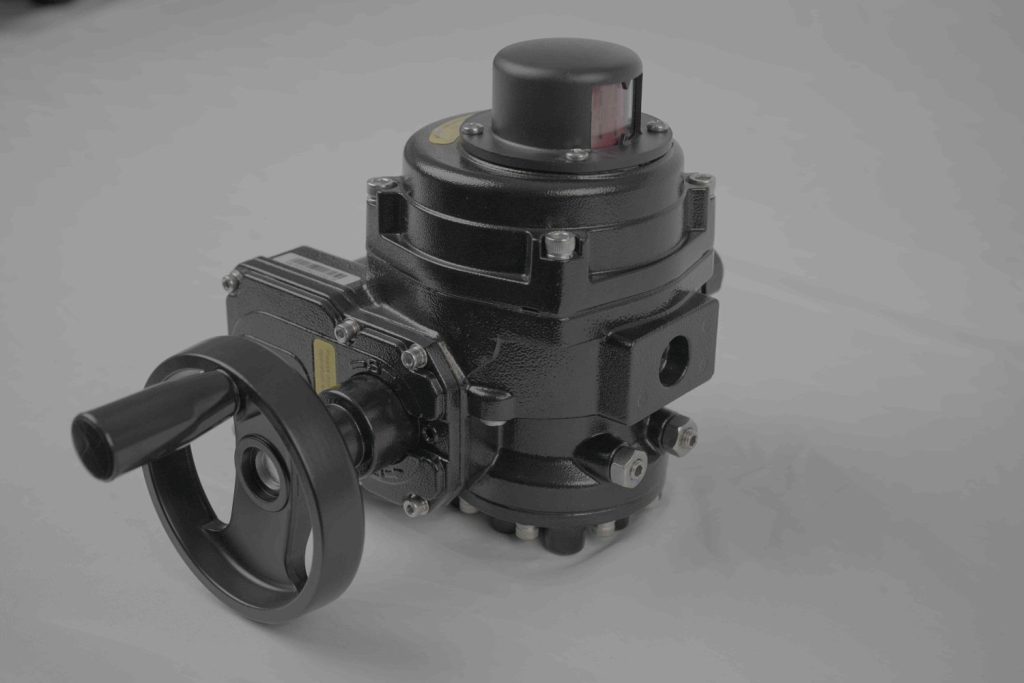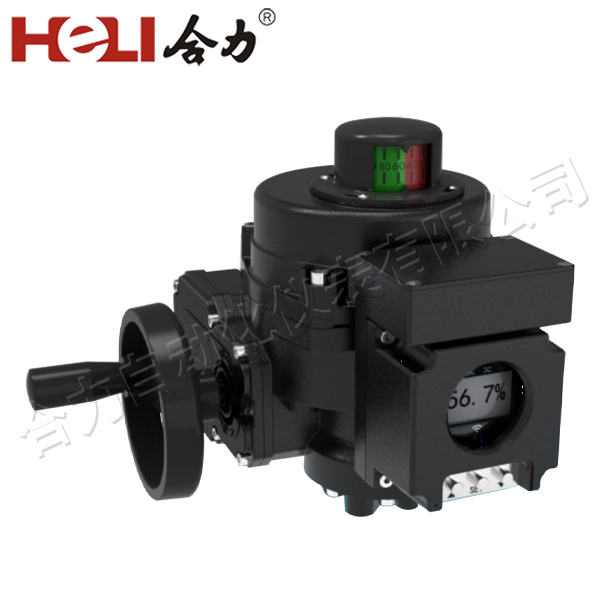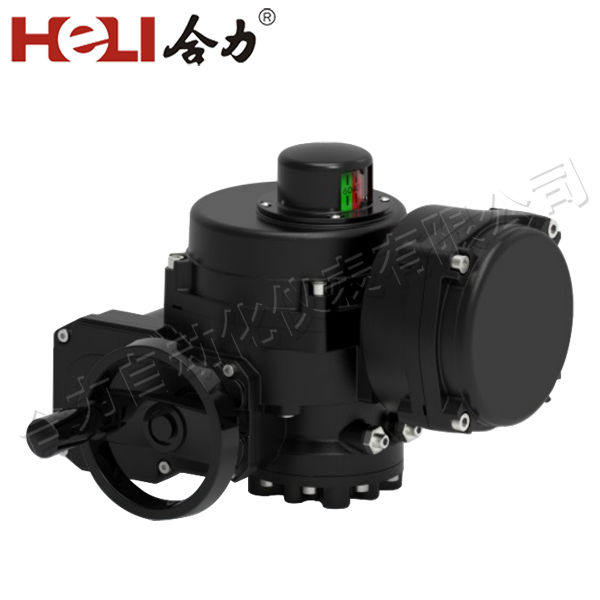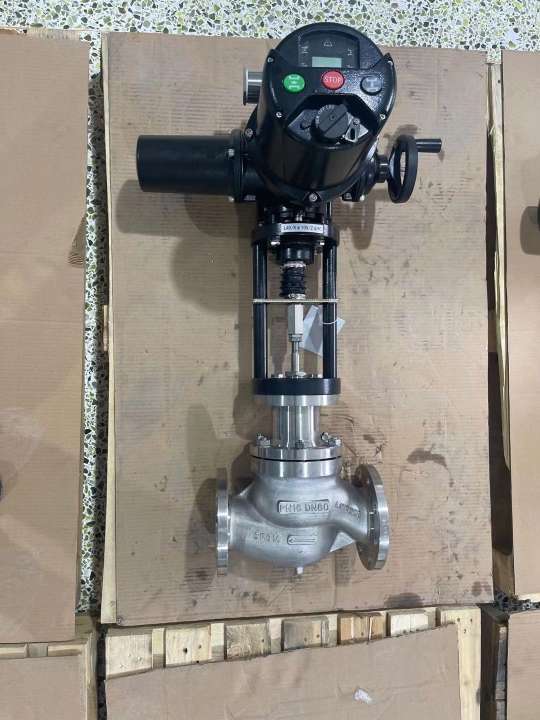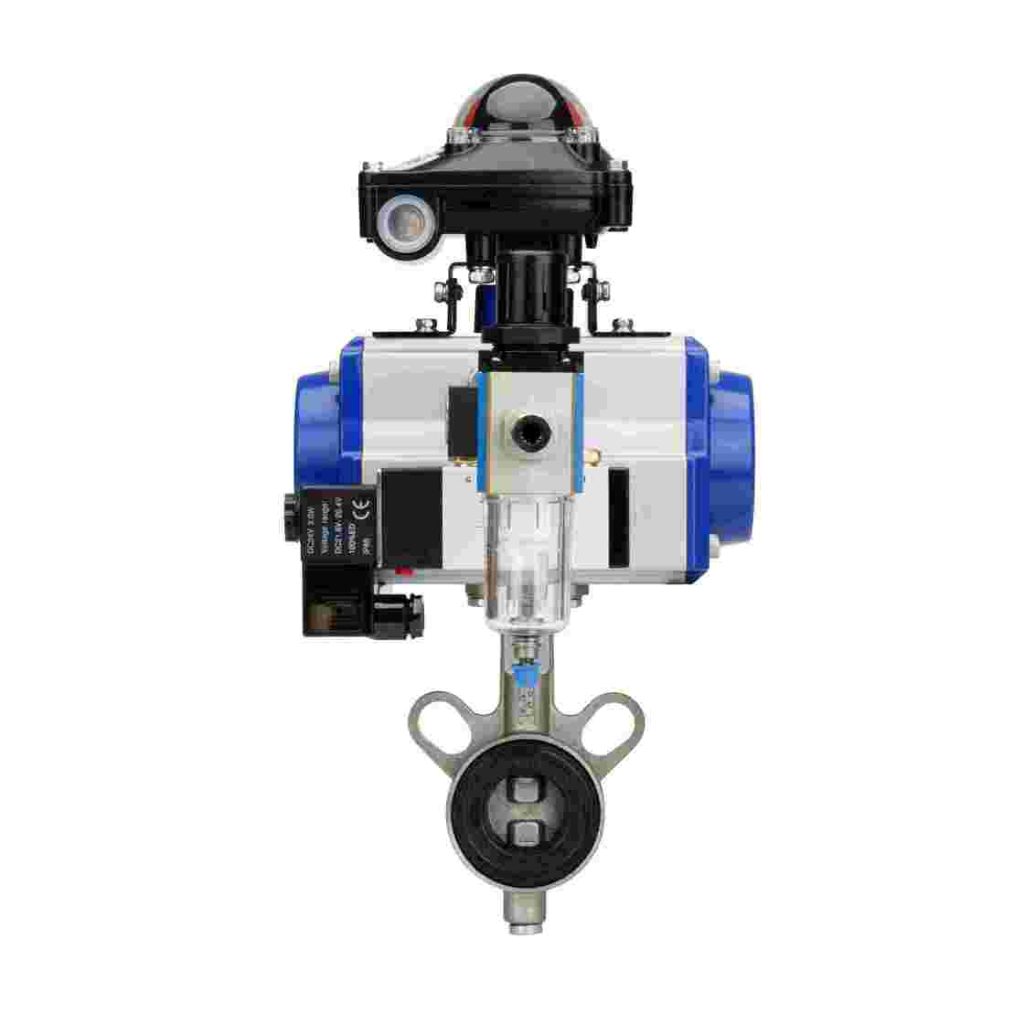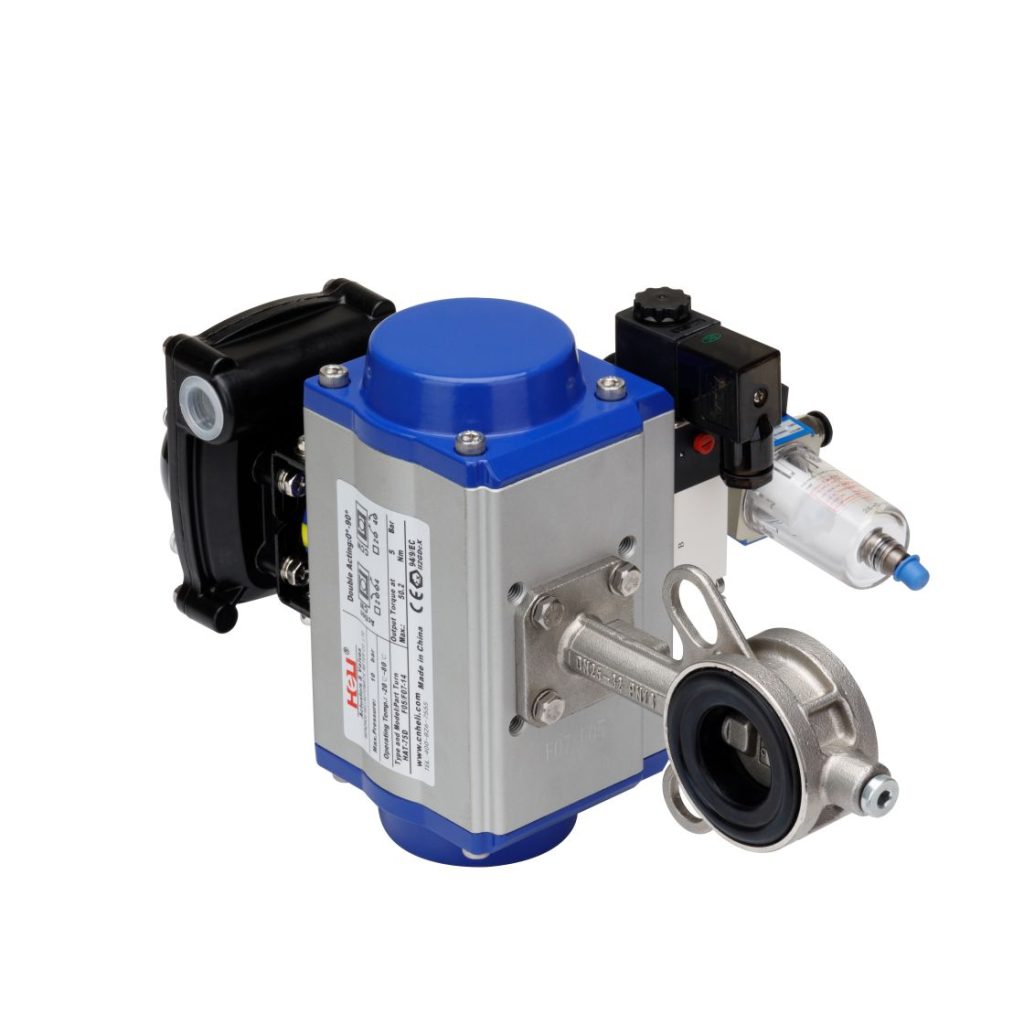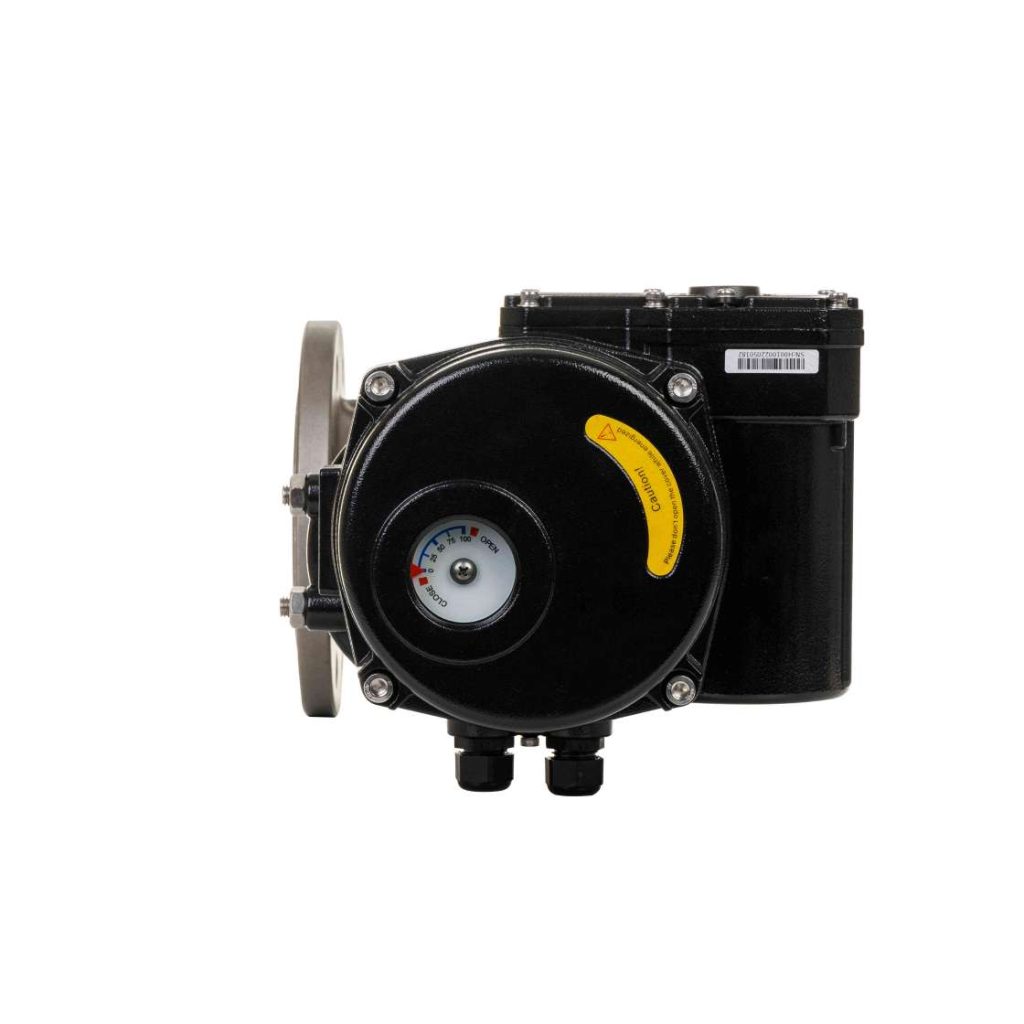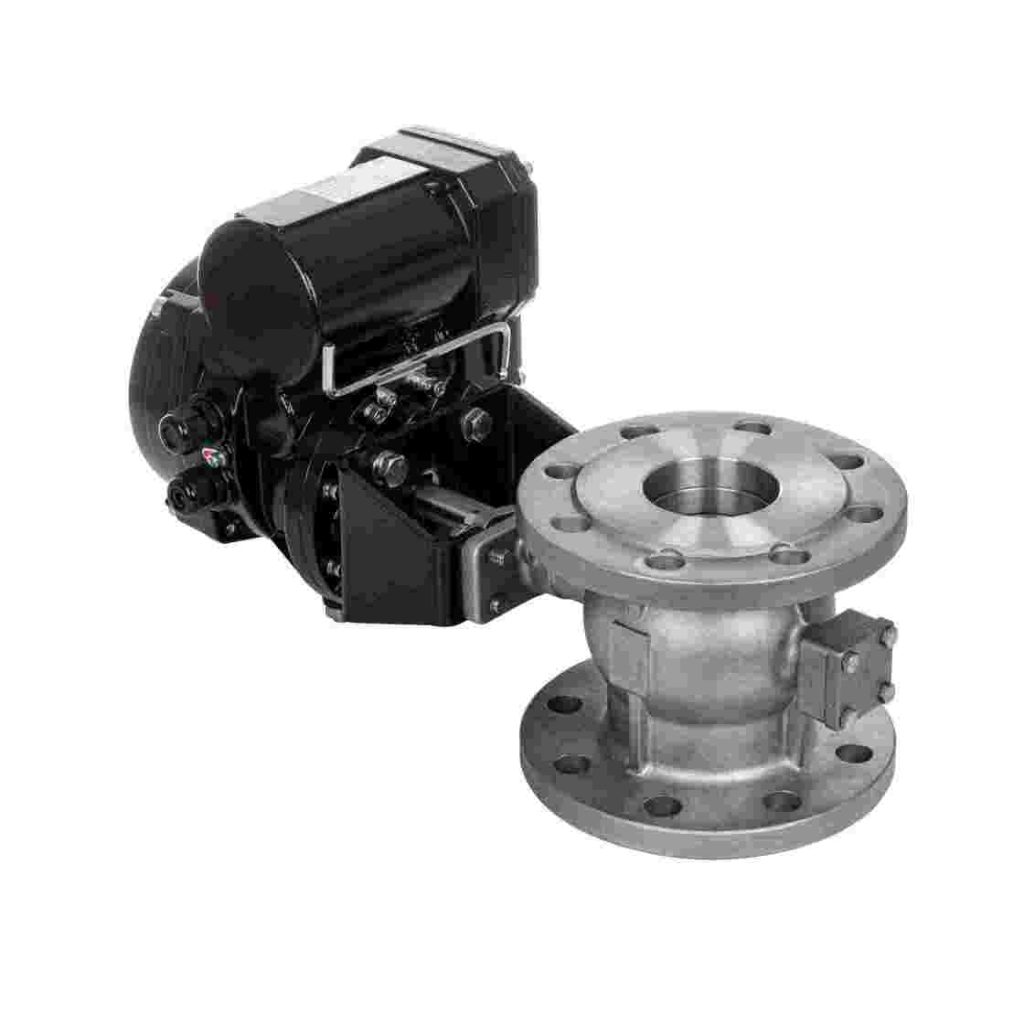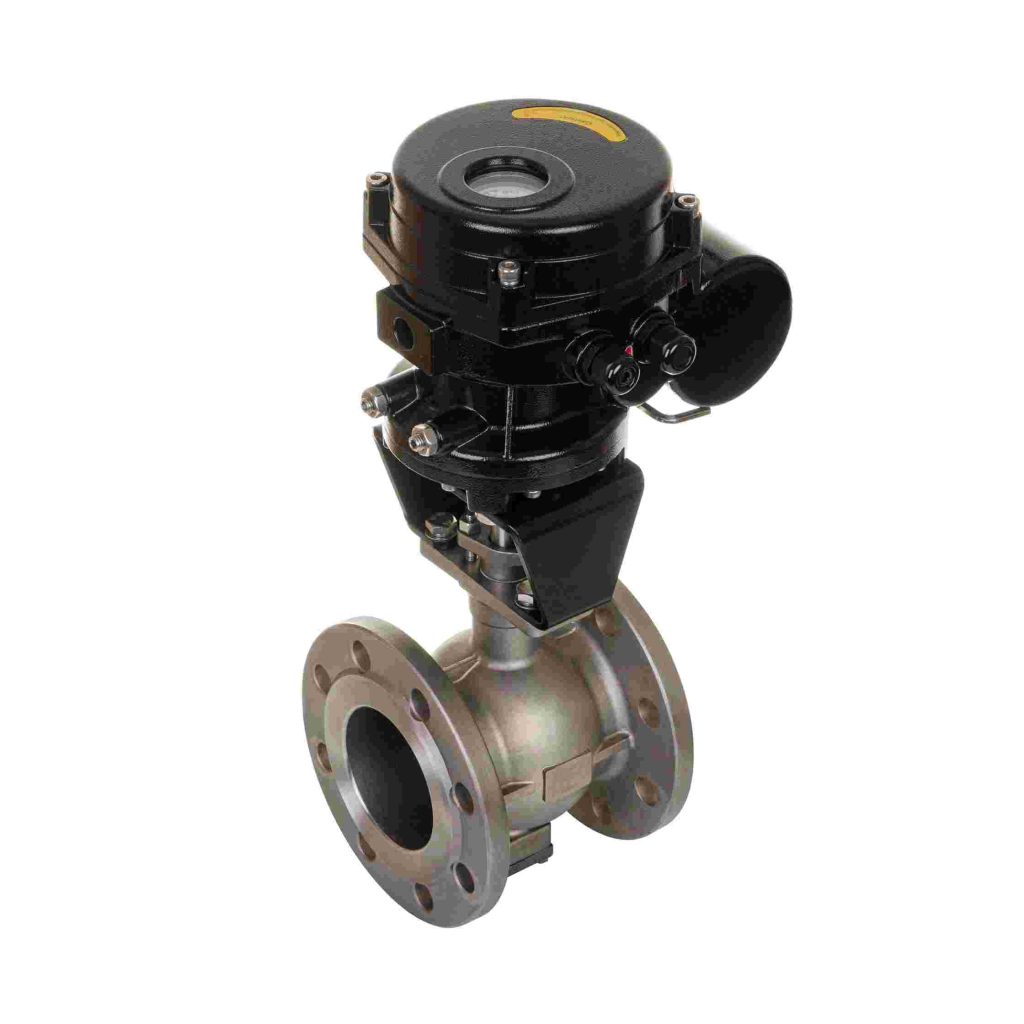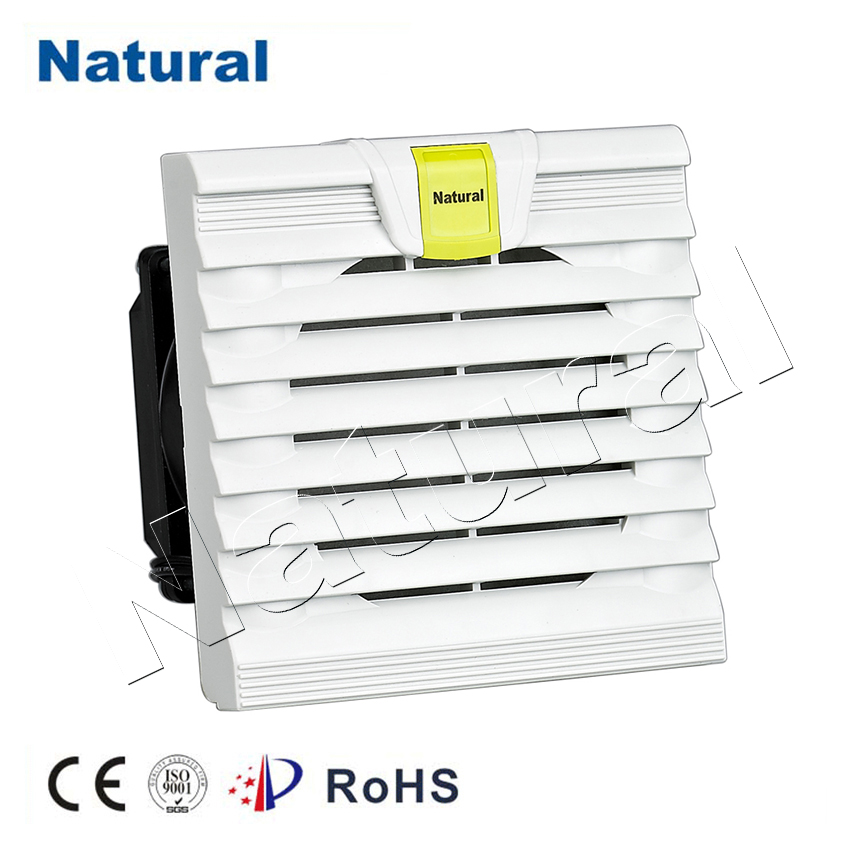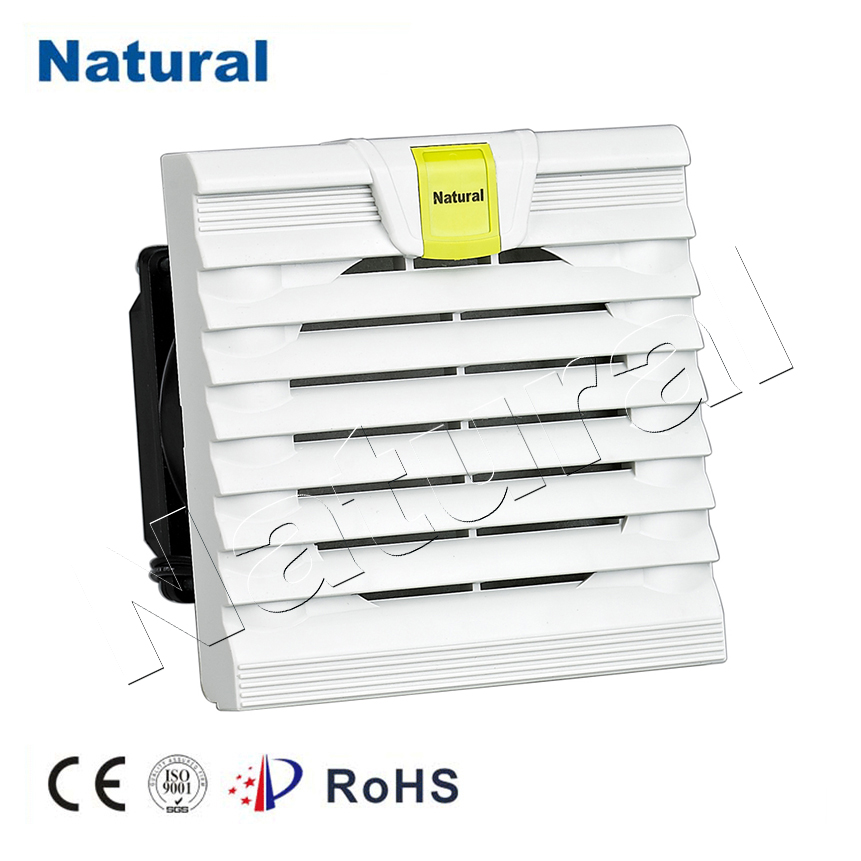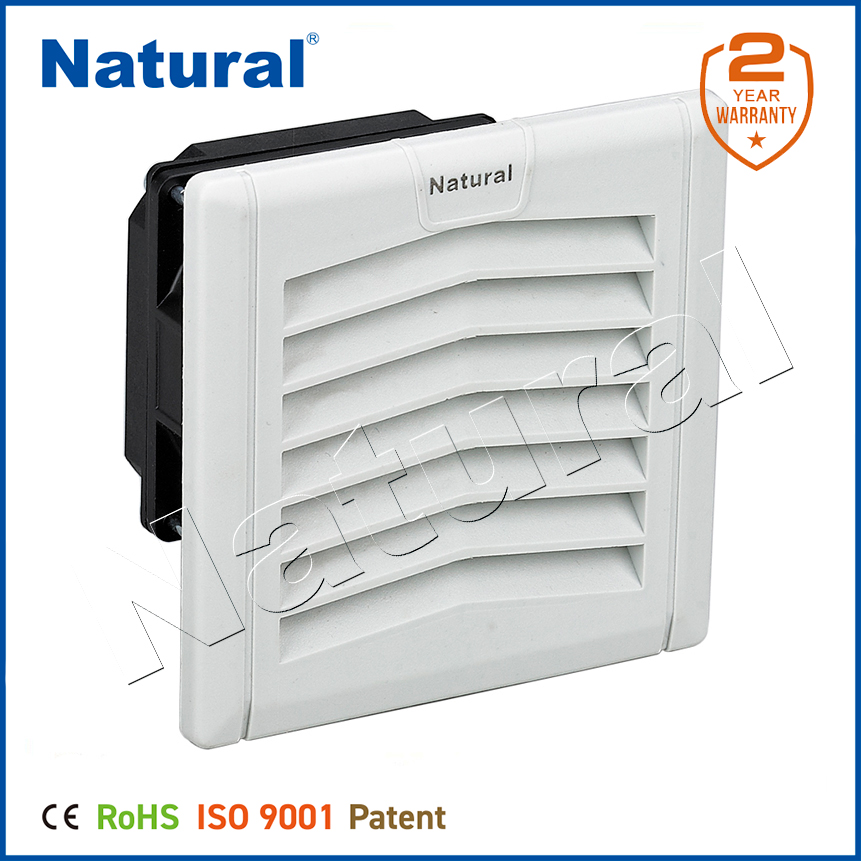Electric flat gate valves are crucial components in various industrial systems, offering an effective solution for controlling fluid flow in pipelines. These valves, equipped with electric actuators, allow for precise operation and remote control, making them highly versatile and reliable in a wide range of applications. From oil and gas pipelines to water treatment facilities, electric flat gate valves play a vital role in ensuring smooth and efficient operations.
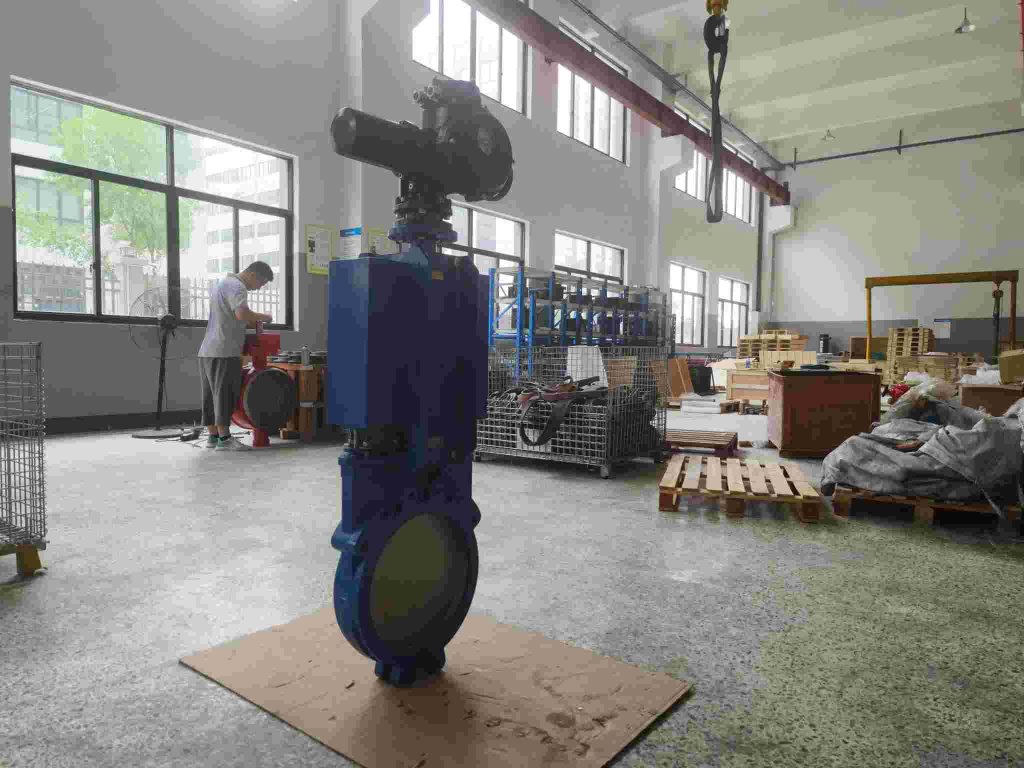
What is an Electric Flat Gate Valve?
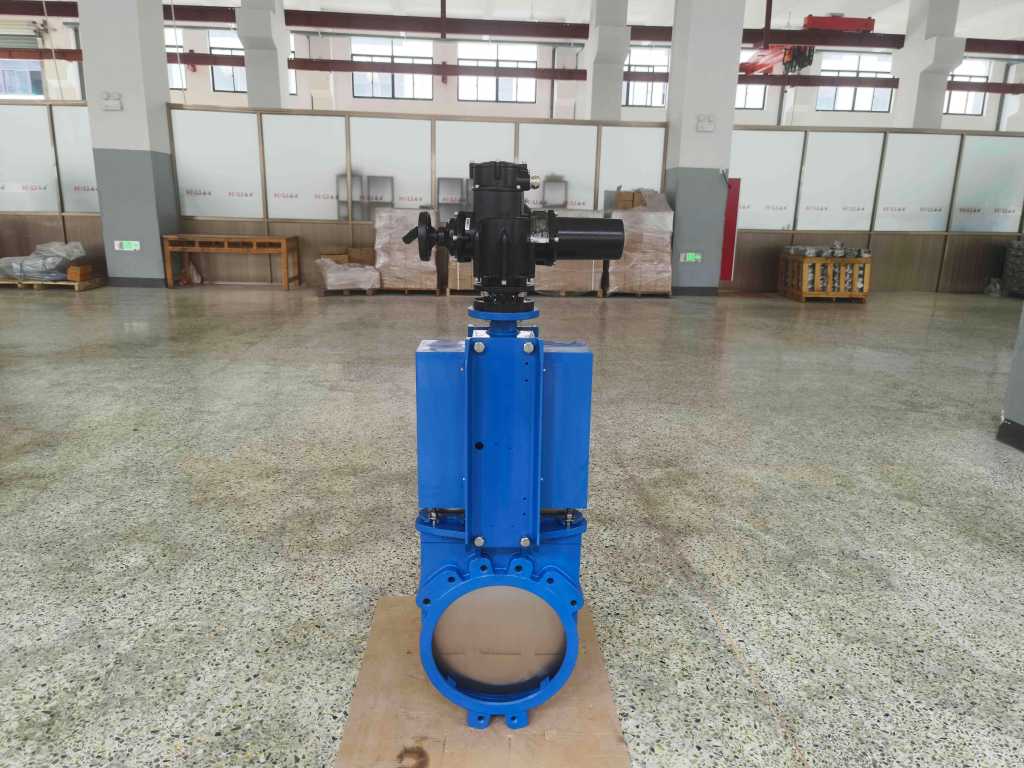
An electric flat gate valve is a type of valve that uses an electric actuator to open and close the valve. The valve itself is typically designed with a flat, rectangular gate that moves vertically to block or allow the passage of fluids. The electric actuator, powered by electricity, provides the mechanical force needed to drive the valve’s movement, ensuring precise control of fluid flow. This design is particularly useful in environments where precise flow control is required, such as in chemical processing plants, power generation facilities, and water treatment systems. The electric actuator is usually connected to a control system, allowing for remote operation and automation of the valve, thus improving operational efficiency and safety.
